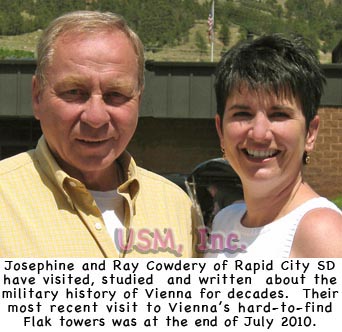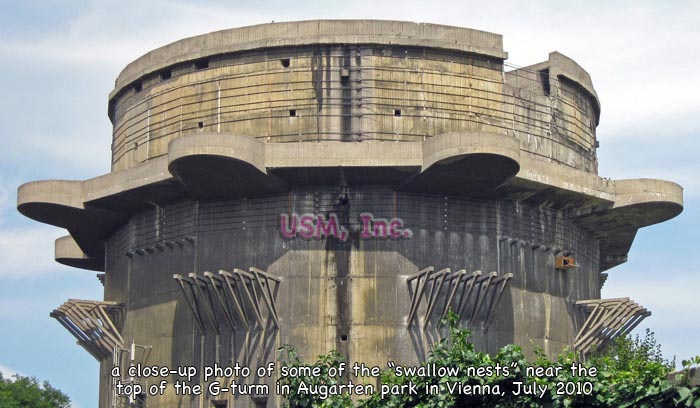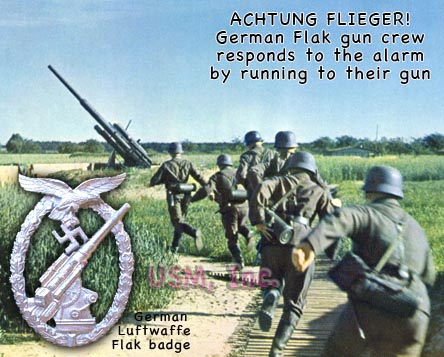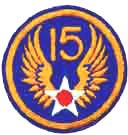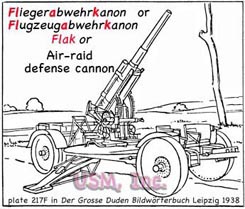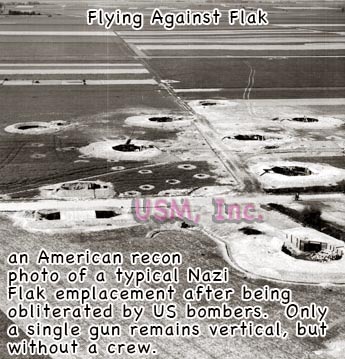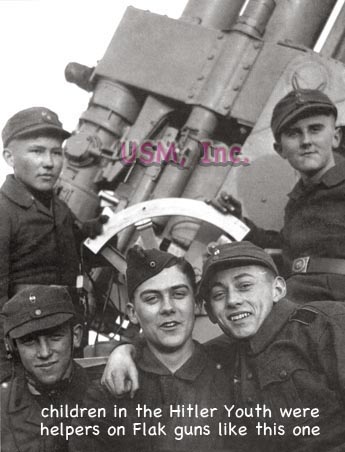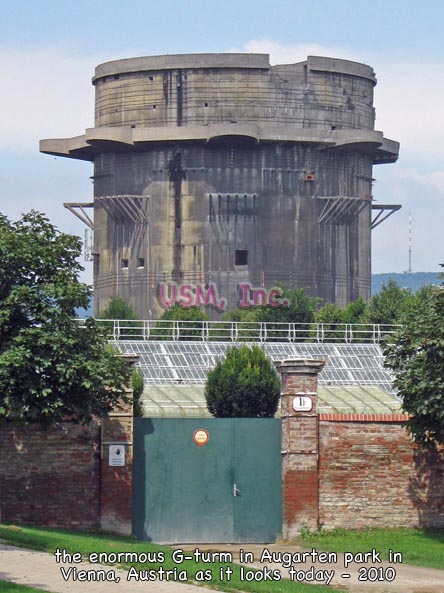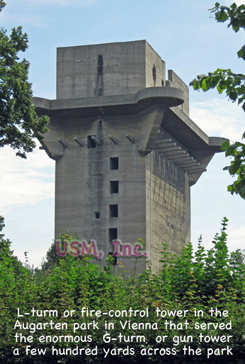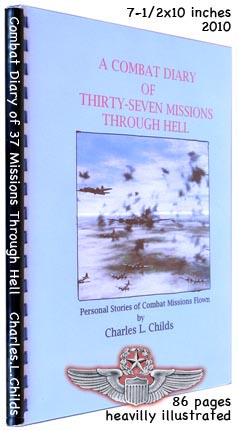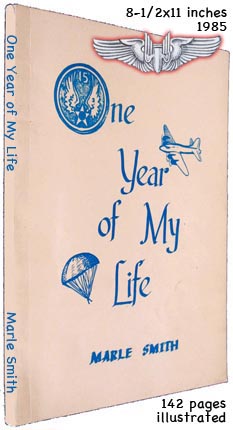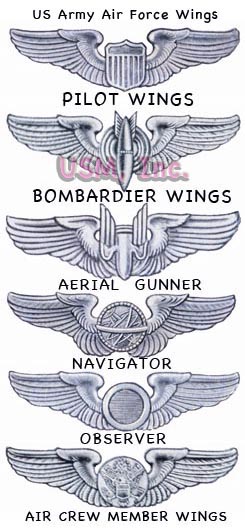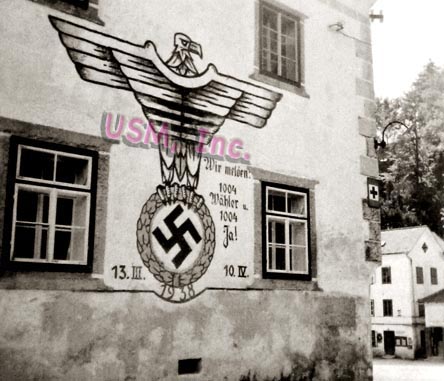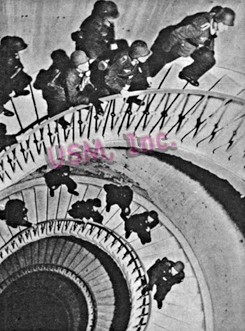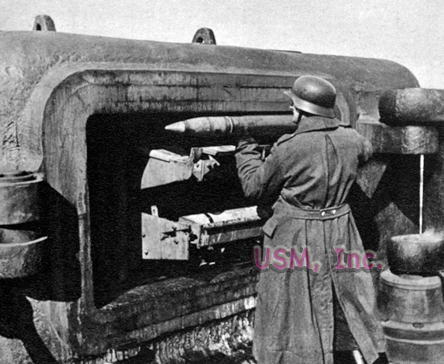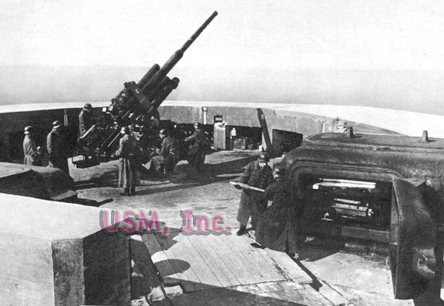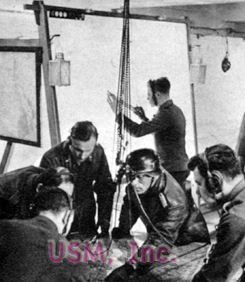The images and text used on this and all other USM web pages are the copyrighted property
of USM Inc. and/or Ray & Josephine Cowdery. Those images and the text may be used by others
ONLY AFTER completion
of a formal international licensing agreement and payment of a licensing fee!
Vienna - for many Americans mere mention of the name of the Austrian capital is enough to evoke thoughts of music halls, waltzing couples in fancy ball costumes, elegant shopping streets and sweets shops, the Lippizaner horses of the Spanish Riding School, outdoor cafés, the Boys Choir, the Danube river, and coffee shops with their ever-present racks of newspapers on sticks.
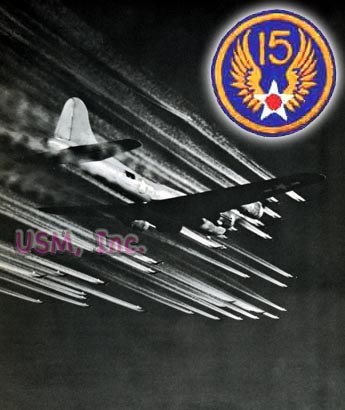
For others, Vienna (Wien in the German language), Austria is a huge, bustling eastern European industrial center of mystery and spies, where international intrigue is the unending business of countless shadowy people in nondescript clothing speaking in unfamiliar tongues. The Germans have a saying that is intended to explain away some of the mystery of Vienna. They say, "The Orient starts on this side [west] of Vienna," and they are probably right.
There is a small group of Americans for whom the mention of the name Vienna triggers grim flashbacks punctuated with moments of terror. They recall the sky full of puffs of smoke, and the explosions, concussions, and the shuddering of their planes as they looked down upon the city split by the Donau (Danube) Canal, and as they heard the command, "Bombs Away." They are the survivors of the courageous missions flown by American heavy bombers and their fighter escorts against heavily defended targets in Nazi Germany during World War II.
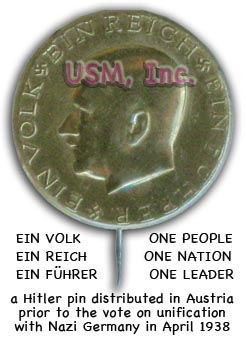
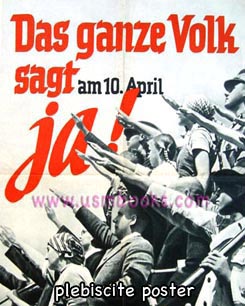
Although few Austrians wish to be reminded of it 70+ years later, the independent people of Austria decided in an open plebiscite to become a small, integrated part of Nazi Germany. Encouraged by Austrian political and religious leaders, over 95% of eligible Austrians were proud to turn out to vote, and over 99% of them voted for unification with Germany (Anschluss) on 10 April 1938. The Nazis and World War II changed the landscape of Vienna and Austria forever in many, many ways.
From early in 1938 through the first half of 1945, Vienna was no longer the old Habsburgian capital of the Empire, but Wien, Germany, the second largest city in the Greater German Reich of Adolf Hitler (only Berlin was larger or more important).
With the liberation of part of Italy in 1943, the US Army Air Force established bases for B-24 and B-17 bombers of the 15th US Air Force in the Foggia Plain between Bari and Termoli near the Adriatic Coast, and Vienna became one of their principal targets. The Nazi railway locomotive factory in the Floridsdorf district, railways stations and yards, oil refineries, bridges over the Danube and the Danube Canal, airfields and aircraft industries, and the myriad engineering, manufacturing and chemical industries concentrated in the Vienna basin and surrounded by farms and the famous Vienna Woods, became some of the essential business of 15th Air Force heavy bombers and their crews.
The presence of the US 15th Air Force in Italy within range of the enormous industrial and military targets of Vienna was certainly no secret from Hitler and his military defense planners, and they had long since surrounded the city for a radius of 80 miles or so with rings of Flak Batteries.
Flak, through now the common universal term for exploding anti-aircraft shells, was originally a German word only. It is composed from four of the letters in the word Fliegerabwehrkanon which means "air-raid defense cannon." Therefore, while the word Flak in German originally meant the anti-aircraft gun that fired the shells, it has now come to mean the immediate result of the explosion of an anti-aircraft projectile in the air (the burst) and/or the pieces of the exploded projectile, in English.
World War II German Flak batteries were typically set-up in a series of circular excavations about 1 meter (3 feet) deep and 35 meters (115 feet) apart. In each hole was an anti-aircraft or Flak gun of 20 mm, 37 mm or 88 mm bore in most cases. Near the gun holes were quarters for the Flak gun crews and a separate bunker that held the ranging and fire control troops and equipment.
Accurate aerial bombardment, while very dangerous, was virtually the only way to take these Flak batteries out of action. A Flak tower (Flakturm) was a different matter. While far fewer in number than Flak batteries, they were huge reinforced concrete towers on a small footprint housing much larger anti-aircraft guns and were almost impervious to any sort of aerial bombing.
There were three colossal Flak towers built in central Vienna in 1943 and each consisted of a G-Turm or gun tower accompanied by its own L-Turm or fire control tower some distance away, but connected underground by communications cable. The G-Towers in the Stiftskaserne and the Augarten (a park) were enormous 16-sided (nearly round) fortresses of reinforced concrete almost 45 meters (150 feet) across and up to 54 meters (180 feet) tall!
Their L-Towers, between a quarter and half a mile away, were around 20 x 30 meters (65 x 100 feet) at the base and around 50 meters (165 feet) tall. Each tower required about six months to build and used 300-500 foreign workers (mainly Greeks, Italians, Yugoslavians) and laborers conscripted from concentration camps and prisons.
The four 128 mm (5 inch) Flak 40 twin barreled anti-aircraft guns positioned in sheltered bases atop these huge towers had an incredible reach for their day.
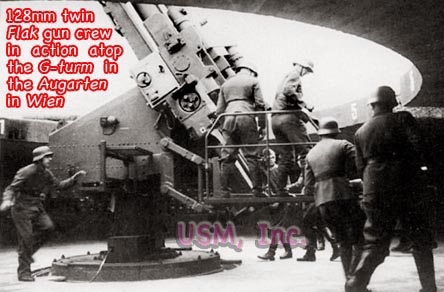
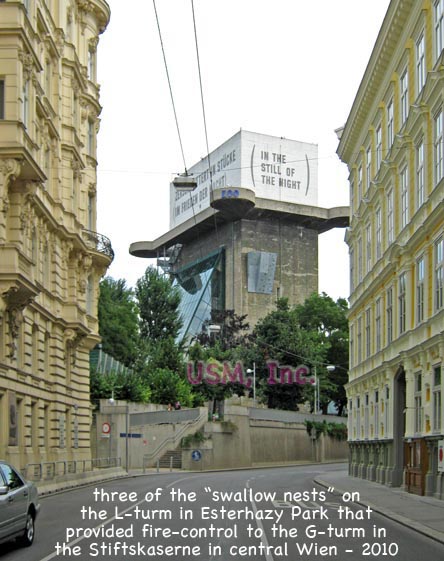
Capable of electrically loading and firing 20 to 24 rounds per minute of 28 kilogram (62 pound) projectiles at a velocity of 880 meters per second (2,900 feet per second; faster than the bullet leaving the barrel of a M1 rifle!) to a ceiling of around 15,000 meters (48,000 feet), nothing made in Nazi Germany during World War II was more dangerous to humans.
At the top with the Flak 40s was radar apparatus with a minimum range of 80 km (50 miles) and range-finder accuracy in the 15-20 meter (50 - 66 feet) range. Each gun tower had its own water supply and electrical generator.
Inside there was space for military facilities and offices, storage for art and cultural property, hospital facilities, factory space, and plenty of space devoted to use as bomb shelters.
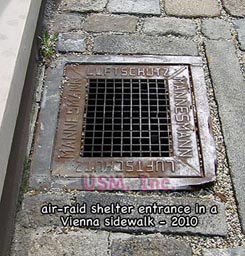
We have never seen it mentioned in any analysis of the utility of the huge Vienna flak towers, but they were also very, very dangerous to both the German military and civilian populations living anywhere near them. Every piece of every projectile ever fired skyward eventually fell to earth somewhere, to say nothing of the exploding, burning wreckage of aircraft destroyed by the Flak over the city. The falling debris brought with it an unimaginable storm of death and destruction.
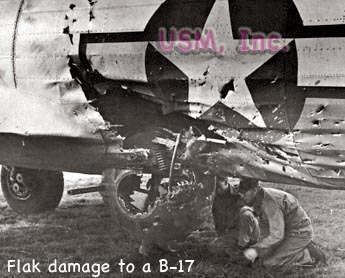
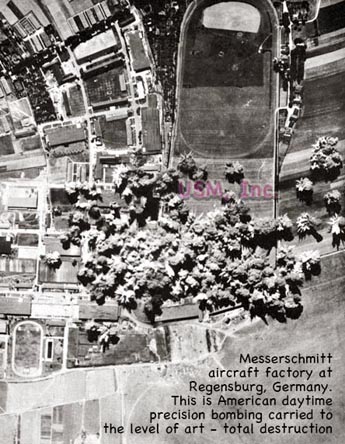
Unlike their German compatriots, Austrians were the beneficiaries of a factual and/or semantic error (often attributed to British Prime Minister Winston Churchill) when their country was referred to as "the first victim of German aggression" at Allied conferences on reconstructing post-war Europe in 1943. At the end of ten long years of occupation, and based on the Austrian promise of perpetual neutrality, the last Allied occupation forces left Austria on 25 October 1955.
The World War II Nazi Flak towers will adorn the Vienna skyline for a very long time to come. The Stiftskaserne gun tower is within a government facility and hard to approach, but its fire control tower is at the intersection of Gumpendorfer Strasse and Kopernikus Gasse, less than a 5 minute walk south of the Mariahilfer Strasse shopping area. It now houses the city aquarium.
By the time Nazi Germany ceased resistance on 8 May 1945, almost the only undamaged things left standing in Vienna were the Flak towers. Austria was a badly damaged country and Vienna was a wrecked city. The country and the city were partitioned by the Allies in a manner similar to the way Berlin and Germany were divided for occupation.
Both the G-Turm and the L-Turm in the Augarten are easy to get close to and to photograph. They are just across the Danube Canal from the old downtown center of Vienna. The third set of Flak towers is in Arenberg Park just east of the Belvedere garden.
We are happy to recommend ...
... a couple of books by men of the US 15th Air Force who tell it exactly the way it was. Charles L. "Chuck" Childs of Tracy, Minnesota was a 15th Air Force Pilot and recently wrote a book of the combat missions he flew called "A Combat Diary of Thirty-Seven Missions Through Hell".
The other is "One Year of My Life" by Ball Turret Gunner Sergeant Marle Smith of Hay Springs, Nebraska. The title refers to the year he spent as a German POW after being shot down on mission number 31 near Blechhammer, Germany.
EPILOGUE
The American 15th Air Force in Italy has never gotten anything like the credit or renown that it should have gotten for the part it played in the defeat of Nazi Germany and the liberation of Europe in World War II. Life is not fair. Quite naturally, the media reporters of World War II much preferred to cover the US 8th Air Force in picturesque England. The local people were friendly and spoke English, the food was somewhat familiar, the girls were pleasant and almost everyone had relatively comfortable quarters in an actual building of some kind adjacent to a paved road.
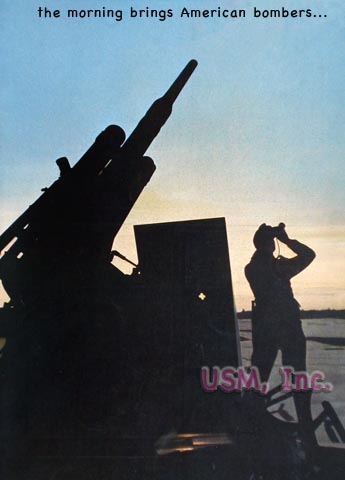
We take nothing in courage, daring or hard work from the 8th Air Force - they were a superb outfit in every way, but so was the 15th Air Force but it also paid an additional price of life in tent camps on muddy dirt roads, horrible weather, crossing the Alps for many targets, and a local language that almost none of the personnel spoke. Yet, the 15th Air Force built a superb record of combat accomplishments by every possible measure. We hope this brief story will give them a tiny bit of the credit due them.
The US 15th Air Force lost over 3,350 aircraft and more than 21,500 15th Air Force airmen were listed as killed, wounded or missing. The 15th Air Force destroyed over 6,500 enemy aircraft and no one will ever be able to calculate the enormous damage that the 15th Air Force inflicted on their enemy targets.
Number 205 Group of the British Royal Air Force was attached to the US 15th Air Force in Italy and was composed of nine squadrons of perhaps 25 planes each. Flying later in the war in concert with the US 15th Air Force and with Vienna as one of their targets were units of the Soviet 17th Air Force from Yugoslavia and the Soviet 5th Air Force from Slovakia.
We take nothing in courage, daring or hard work from the 8th Air Force - they were a superb outfit in every way, but so was the 15th Air Force, and it also paid the additional price of life in tent camps on muddy dirt roads, horrible weather, crossing the Alps for many targets, and a local language that almost none of the personnel spoke fluently. Yet, the US 15th Air Force built a superb record of combat accomplishments by every possible measure. We hope this brief story will give them a tiny bit of the credit due them.
During World War II the US 15th Air Force lost over 3,350 aircraft and more than 21,500 15th Air Force airmen were listed as killed, wounded or missing. The 15th Air Force destroyed over 6,500 enemy aircraft and no one will ever be able to calculate the enormous damage that the 15th Air Force inflicted on their enemy targets.
Number 205 Group of the British Royal Air Force was attached to the US 15th Air Force in Italy and was composed of nine squadrons of perhaps 25 planes each. Flying later in the war in concert with the US 15th Air Force and with Vienna as one of their targets were units of the Soviet 17th Air Force from Yugoslavia and the Soviet 5th Air Force from Slovakia.
Ray and Josephine Cowdery are authors of many
books and
articles on military history. For 16 years in the 1980s and 1990s, they took hundreds of American WW2 veterans of all services back to western and eastern Europe on WWI and WWII military history tours. For several years they owned a business in Vienna. They still travel to Europe several times each year to visit relatives and satisfy their passion for history. They live in the Black Hills with their cat Pussili. They are enthusiastic participants in the
South Dakota Military History Forum.Talk about graffiti! Somebody painted a huge sign on the wall of a building in downtown Traiskirchen, Germany (now back in Austria) proudly stating that 100% of the town's 1004 voters had voted YES! for union with Nazi Germany in the plebiscite that was held on 10 April 1938. Photo from the collection of Ray & Josephine Cowdery.

